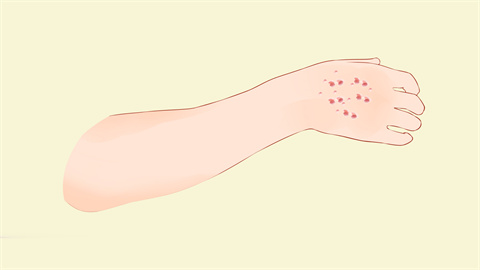Is it possible to get infected with HPV virus after a total hysterectomy?
It is still possible to get infected with HPV virus after a total hysterectomy. Infection can occur if there is sexual activity or contact with sources of the virus; without exposure to the virus, infection will not occur. If concerned, it is recommended to consult a healthcare provider in advance. Detailed explanation is as follows:

After a total hysterectomy, although the uterus is removed, the mucous membranes of the remaining vaginal cuff and vulva can still be target sites for HPV infection. As long as sexual activity continues and a partner carries HPV, the virus can be transmitted through sexual behavior or contact with contaminated objects, such as public toilets or towels, which all carry a risk of infection. People with weakened immune systems are especially more susceptible to viral invasion.
In theory, if there is absolutely no sexual activity and no contact with any items or environments that may carry HPV after a total hysterectomy, thereby cutting off the transmission route of the virus, HPV infection will not occur. For example, individuals who have long abstained from sexual activity and maintain good personal hygiene, and who avoid using public hygiene products, reduce their chances of exposure to the virus and thus lower the risk of infection.
After a total hysterectomy, it is still important to maintain reproductive system health, practice good hygiene, avoid high-risk sexual behaviors, and undergo regular gynecological examinations, including screening of the vaginal cuff and other areas, seeking medical attention promptly when abnormalities are detected.






